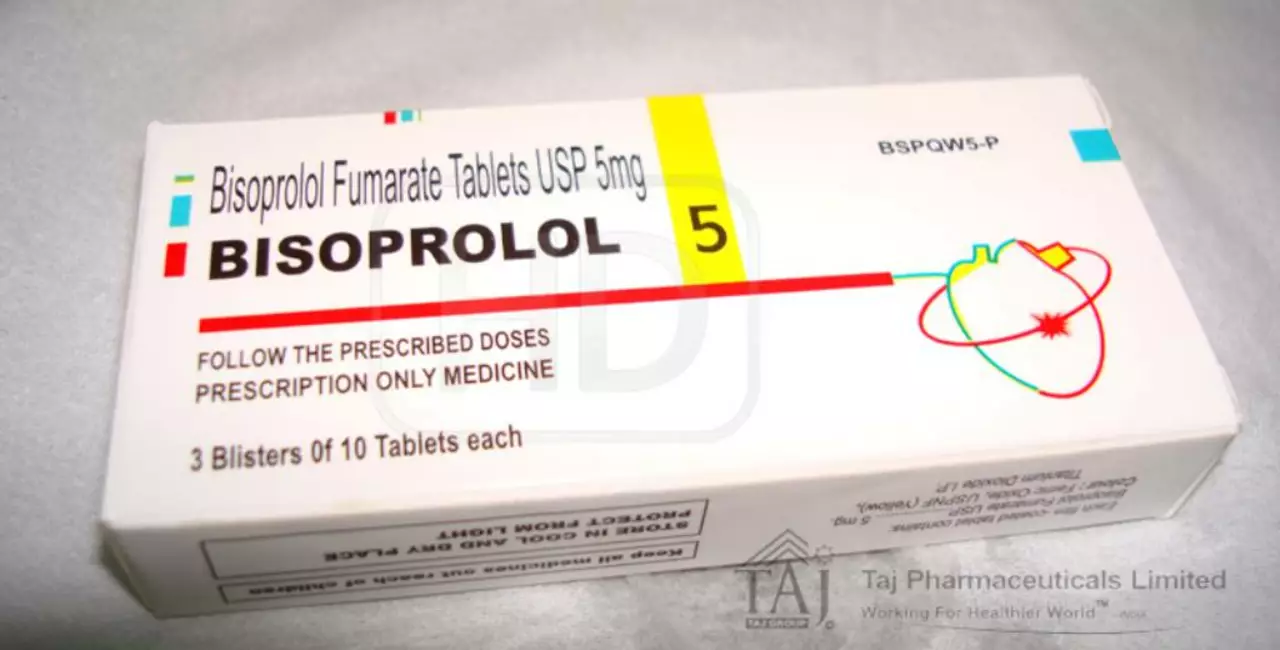Hair Loss: What’s Really Causing It and What You Can Do
Hair loss feels personal and urgent. One day your part looks the same, the next your ponytail seems thinner. Some loss is normal, but when it grows noticeable it’s worth acting fast. This guide gives clear, practical steps so you can spot the cause and choose treatments that actually help.
Common causes and simple checks
First, check the pattern. A receding hairline and thinning on the crown usually points to androgenetic alopecia (male or female pattern baldness). Sudden patches or rapid shedding often mean telogen effluvium, an illness, medication, or stress trigger. If you see patchy round areas, think alopecia areata—an autoimmune issue.
Do a quick home audit: take photos from the same angle every month, note new medications or big life events, and check your diet. Low iron, low vitamin D, and thyroid problems are common medical causes. If hair falls out in clumps, or you have itching, pain, or scalp scaling, book a doctor visit.
What actually works: treatments and tips
Topical minoxidil and oral finasteride are the most studied options. Minoxidil (2%–5%) helps both men and women and is safe long term, but it must be used continuously. Finasteride is for men and blocks the hormone that shrinks hair follicles—many men see visible improvement in months, but it can have sexual side effects for a small number of users.
Procedures like PRP (platelet-rich plasma) and low-level laser therapy can help when used with medical treatments, but results vary. Hair transplants give permanent density where follicles remain healthy, but choose a reputable surgeon and expect recovery time and costs.
Simple daily changes matter: stop tight hairstyles, avoid harsh chemical treatments, and use a gentle shampoo. Heat styling and rough brushing speed breakage. Make sure your diet has enough protein, iron, and vitamin D—if blood tests show deficiencies, fix those first before chasing advanced treatments.
Supplements like biotin only help if you’re deficient. Multivitamins can be fine, but they aren’t a miracle cure. If you’re tempted by online pharmacies for medications, pick licensed providers, confirm prescription requirements, and avoid vendors selling pills without clear labeling or professional contact options.
When to see a specialist: sudden heavy shedding, large bald patches, scalp pain, or if you want prescription treatments. A dermatologist will check for scalp conditions, order blood tests if needed, and map a treatment plan that matches your goals and budget.
Be realistic: most treatments slow loss and regrow some hair, but timing and response vary. Track progress with photos and give any treatment 4–6 months before judging it. If one option doesn’t help, ask your doctor about combining therapies.
Hair loss can feel overwhelming, but clear steps—identify the pattern, check health basics, choose proven treatments, and avoid risky suppliers—put control back in your hands.
Biosoprolol and Hair Loss: Is There a Connection?
As a blogger, I recently came across the topic of Biosoprolol and its potential connection to hair loss. After conducting thorough research, I found that some studies suggest a link between this medication and hair thinning. However, it's essential to note that this side effect is relatively rare and not experienced by everyone. If you're taking Biosoprolol and notice hair loss, it's crucial to consult your doctor before making any changes to your medication. Overall, the connection between Biosoprolol and hair loss remains inconclusive, but it's essential to be aware of this potential side effect and monitor it closely.

